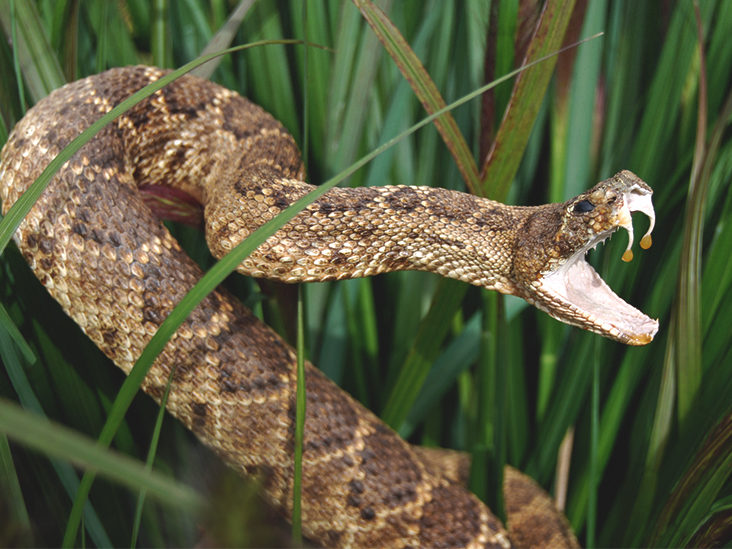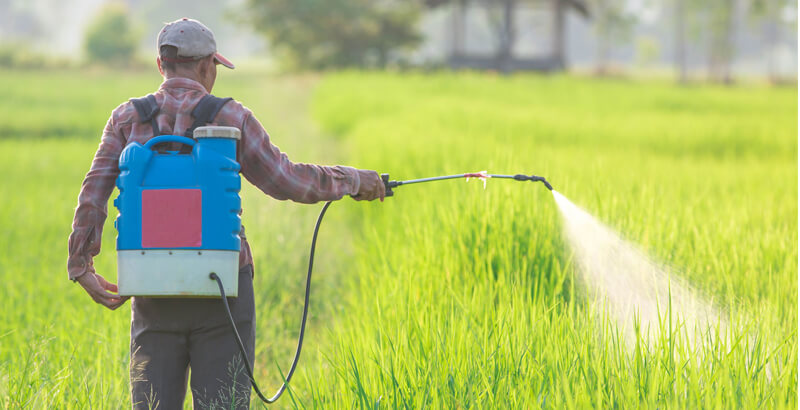What Is ANTIVENOM? And How to Make it?
Antivenoms are purified antibodies against venoms or venom components. Antivenoms are produced from antibodies made by animals to injected venoms. Antivenom is the only definitive treatment for effective bites by venomous Australian snakes. Prior to the availability of antivenom, death ensued in approximately 45% of tiger snake envenomations and more than 90% of taipan envenomations. The decision to use antivenom should be based on the patient's history, examination and pathologic findings, and the type of antivenom used will depend on geographic, clinical and pathologic factors.










